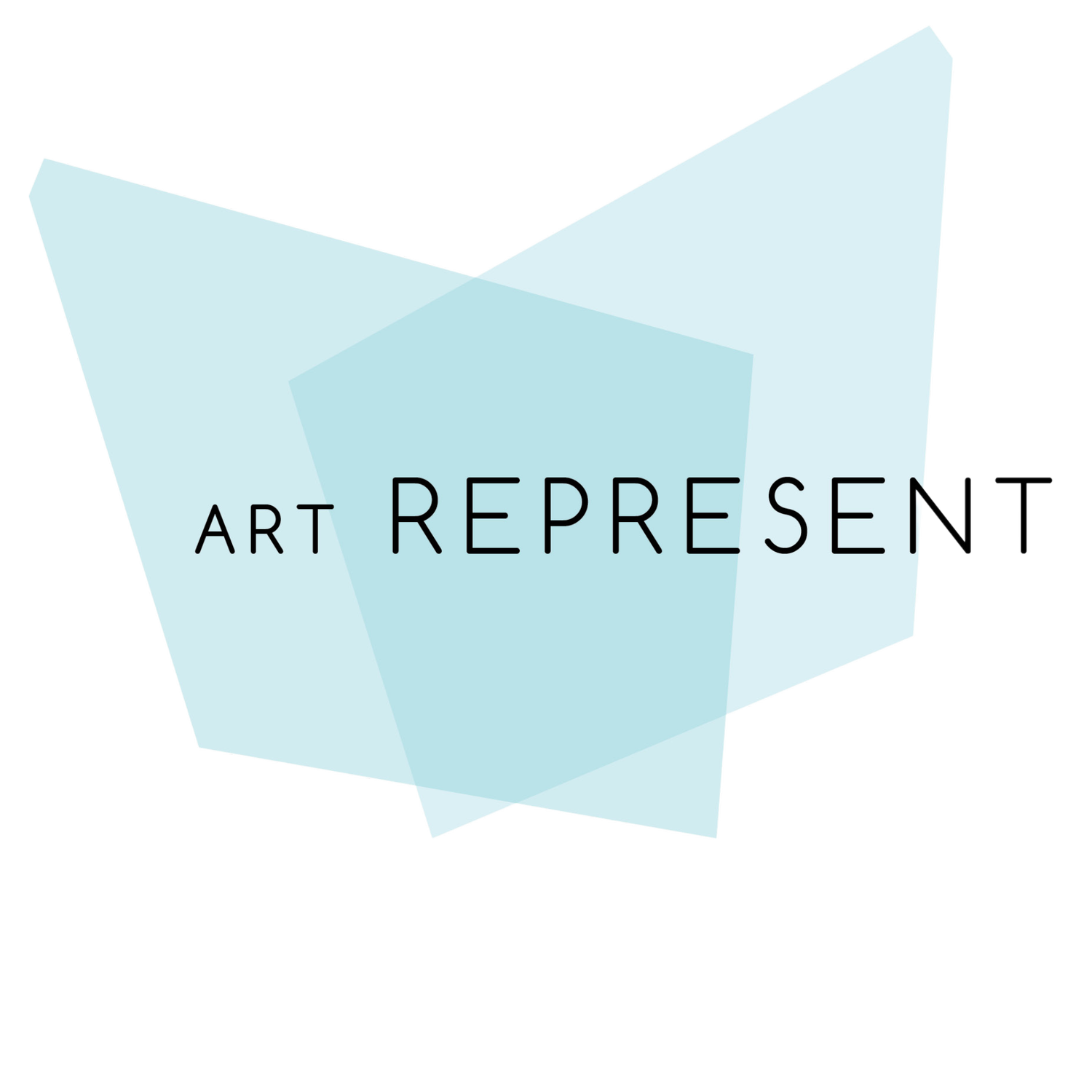Your journey thus far?
I was raised in Southern California and moved to New York City in my 20’s, completed college and started working in the nonprofit sector. As a child of Mexican immigrants, I was mostly drawn to small organisations making an impact in minority and underrepresented communities, especially those that are run by women. Women are considered the backbone of family and community activity which I was heavily exposed to growing up.
In 2016, I moved to London and completed a master’s programme at City, University of London: Culture, Policy, and Management. Since then I have worked as an independent curator and creative producer with a variety of arts and culture organisations, working passionately to continue dialogues relating to social concerns affecting minority and underrepresented communities through art, culture, and creative based methods. My current practice focuses on supporting and empowering cultural ‘hybridities,’ and/or third cultures, questioning ideas of belonging and identity construction. My most recent projects have centred around telling the stories of third culture emerging young artists.
What brought you to Art Represent?
I connected with Art Represent Founder Baiqu Gonkar during the pandemic and collaborated on a project which we’re still working on. During our discussions, I saw a lot of overlap in our practices and also in our interests and social concerns in regards to art and culture.
I was consulting on a few projects at the time, but we realised that our combined efforts would really strengthen Art Represent and its direction allowing us both to grow while building something that was really important to underrepresented artists and communities.
What countries/artists are you excited to spotlight and why?
I want to spotlight countries, regions, and communities around the globe that are not often talked about (or forgotten), especially by Western media. More importantly, highlight the people behind the “conflicts'' sharing their stories and experiences including the effects conflict has had on their lives.
I would love to highlight countries and/or communities that have been in ongoing conflict or oppressed for years, decades even including: Palestine, Somalia, Syria, Afghanistan, Venezuela, and the Uighur community.
How are blockchain technologies changing the art market for artists affected by conflict?
Despite the overwhelming popularity of NFT’s and what feels like market saturation in the digital art space, we can see the positive impact they have on marginalised communities including artists. Blockchain technologies are massively redefining the art market for artists affected by conflict, rapidly evolving due to technological advances. NFT’s for instance are not just a form of acquiring vital income for artists in conflict regions but also serve as a platform for resistance.
We’re seeing NFT communities around the world raising awareness and expressing outrage over conflicts such as Israel’s occupation of Palestine and over the past couple of weeks the Ukraine crisis which is seeing global artists rallying support for Ukrainians and artists alike. They are raising awareness of the conflict by holding exhibitions and selling NFT’s to raise critical aid for humanitarian and relief efforts.
How will you increase awareness and accessibility of conflict regions for a wider audience?
Art Represent will focus on creating dynamic cross-sector (and international) partnerships enabling us to have a presence around the world within local and artistic communities affected by conflict. We hope to collaborate with international organisations to create opportunities to share stories and artwork reflective of these regions.
It has been said that ‘It has become more dangerous to be a woman than a soldier in an armed conflict.’ How does AR support / reflect gender-based inequalities in conflict regions and in the art world?
It’s a well-known fact that the arts and culture industry in the UK faces a gender gap, with 37.1% of jobs in the creative industries filled by women compared to 46.9% in the UK as a whole. In most third world countries, especially conflict regions, the numbers are even more staggering with gender inequalities remaining on the rise including: sexual violence against women, income disparity, and reproductive health.
In the past, Art Represent dedicated a blog series featuring emerging female artists as well as making sure that at least 50% of its Creative Impact Programme was focused on staging various solo/group exhibitions by women. We would like to continue to focus our efforts this year on showcasing more female artists from these regions, sharing their stories, and helping to provide opportunities for financial stability and independence.
In addition, our goal is to create female-driven positions within the organisation, ensuring female representation in everything from advisory boards to partnerships with female-led artist organisations/collectives that will help us to reflect the social issues women in conflict and female artists face.
Ambitions/goals you have for your new role?
In my new role, I’ll be primarily based in New York City, embarking on a new personal chapter in my life but also a professional one. My goal will be to conduct essential research including artist and partner outreach in North, Central, and even South American regions looking for pertinent partnerships and collaborations that will foster donor relationships interested in our work.
I will also be very much involved in the overall programming of Art Represent, working to develop programmes that empower artists whilst raising critical awareness of conflict regions and the social issues associated with our audiences.
My personal goal is to learn as much as I can from our artist community, helping me to grow professionally in this incredible organisation and within my personal practice.

